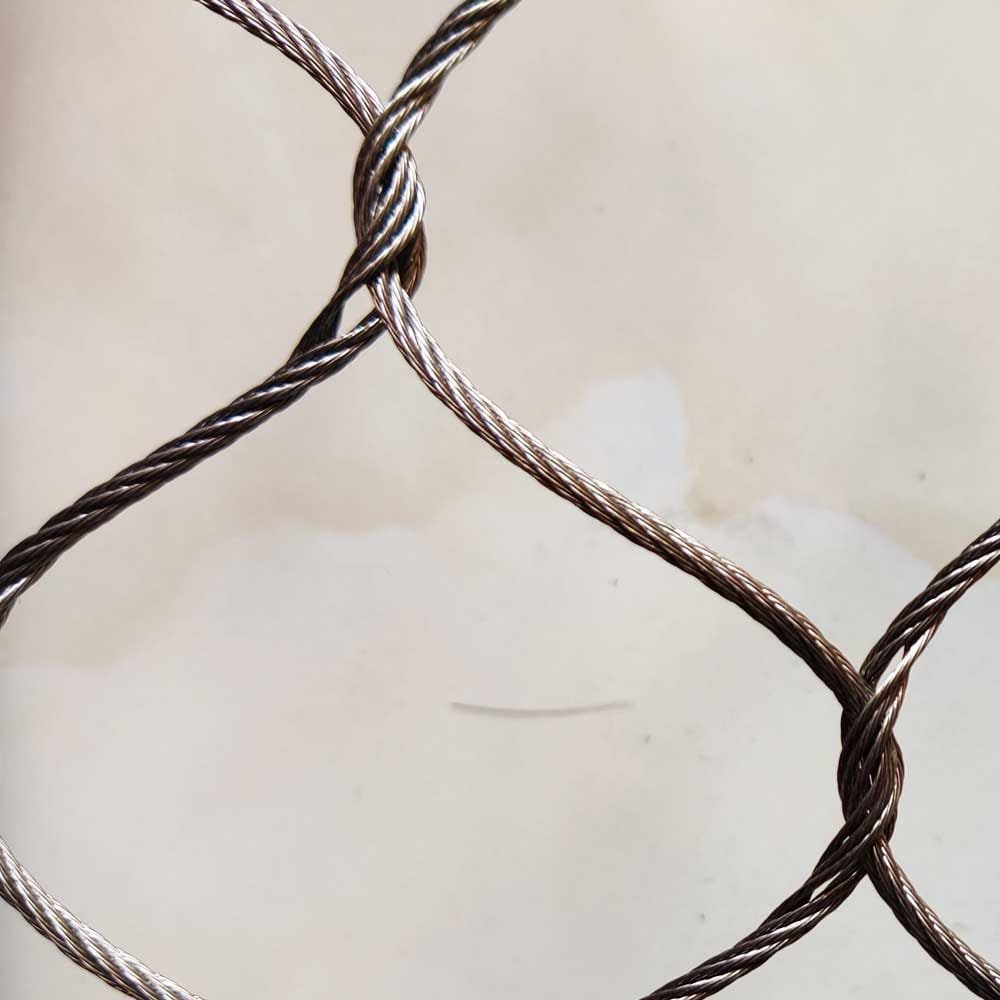Zoo enclosures are a delicate balance. They must ensure the safety of visitors while providing a sense of freedom for the animals.
Creating wildlife habitats that mimic natural environments is a complex task. It’s a blend of art, science, and ethics.
This article delves into the intricacies of designing zoo enclosures. We’ll explore the ethical dilemmas, the art of habitat simulation, and the evolution of enclosures.

The Ethical Dilemma of Zoo Enclosures
Zoo enclosures are a hotbed of ethical debates. The question is, can we justify the captivity of sentient beings for human education and entertainment?
Some argue that zoos play a crucial role in species preservation. They serve as genetic reservoirs for endangered species.
Others counter that captivity can have psychological effects on animals. It’s a complex issue with no easy answers.
In the end, the goal is to create enclosures that prioritize animal welfare.
Mimicking the Wild: The Art of Habitat Simulation
Creating wildlife habitats within zoos is a challenging task. It’s about replicating complex ecosystems within limited space.

The use of vegetation, water features, and terrain variations is common. These elements promote natural behavior and provide sensory stimulation.
But it’s not just about the physical environment. Social structures of species must also be considered.
In essence, good zoo enclosure design is a blend of art and science.
Safety vs. Freedom: Striking a Delicate Balance
Zoo enclosures must balance visitor safety and animal freedom. This is a delicate task.
Barriers like moats and glass allow for close-up views. Yet, they don’t compromise safety.
Animals also need escape routes and secluded areas. These provide a sense of freedom and privacy.
In the end, the goal is to create a safe, enriching environment for all.
Enrichment and Well-being: Beyond the Bare Minimum
Enrichment is key in zoo enclosures. It promotes natural behavior and mental stimulation.

Toys, puzzles, and feeding challenges are common. They keep animals active and engaged.
Enclosure design impacts animal health and psychological well-being. It’s more than just physical space.
In essence, a well-designed enclosure mimics the complexity of natural habitats. It goes beyond the bare minimum.
The Evolution of Animal Enclosures: From Cages to Conservation
Zoo enclosures have come a long way. They’ve evolved from simple cages to complex habitats.
The shift reflects a change in our understanding of animals. We now see them as sentient beings, not just exhibits.
Modern enclosures aim to simulate natural environments. They prioritize animal welfare and conservation.
In essence, the evolution of zoo enclosures mirrors our growing respect for wildlife. It’s a journey from exploitation to education.
Innovative Materials and Technology in Modern Enclosures
Innovation is key in modern zoo enclosure design. New materials and technology are constantly being explored.

For instance, toughened glass allows for close-up views. It’s safe for both visitors and animals.
Similarly, advanced filtration systems mimic natural water conditions. They’re crucial in aquatic habitats.
In essence, technology helps us create more authentic, safer, and healthier habitats. It’s a game-changer in the world of zoo enclosures.
Conclusion: The Future of Zoo Enclosures
The future of zoo enclosures is exciting. It’s filled with potential for innovation and improvement.
We’re moving towards more ethical, naturalistic habitats. These prioritize animal welfare and visitor education.
Virtual and augmented reality could revolutionize our zoo experiences. They could provide unprecedented insights into animal behavior.
In conclusion, the balance between safety and freedom in zoo enclosures is a complex, evolving challenge. But it’s one we’re committed to meeting head-on.

